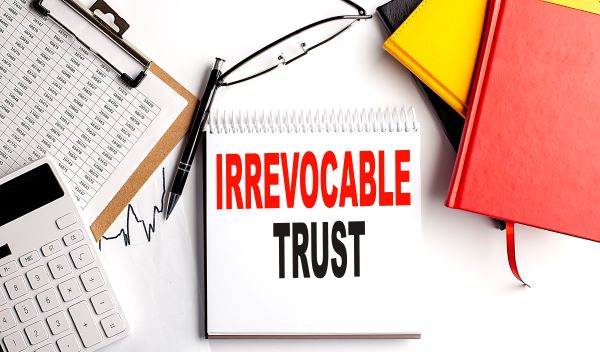Watch “In The Legal Know” with Vincent J. Russo Vincent appeared on CFN Live on…

A Guide to Managing Wealth and Irrevocable Life Insurance Trusts
The federal estate tax exemption allowance is at risk of being reduced in four years, so it may be time to rethink how you plan to pass generational wealth to your heirs. The current federal estate tax exemption is $12.06 million for individuals and $24.12 million for couples. However, change will come to estate tax exemptions in 2026, when the current rate will sunset and be cut in half to about $6.6 million per individual.
Understanding Irrevocable Life Insurance Trusts and Other Taxations
To address additional inheritance taxation, many look to an irrevocable life insurance trust to reduce estate tax and pay their heirs part or all of the amount the estate will be taxed. The assets of the trust will be one or more life insurance policies. However, beware, as once an irrevocable life insurance trust (ILIT) is created, it cannot be rescinded, modified, or amended. There are several important requirements to create and maintain an ILIT properly, and each requirement helps to explain the nature of the trust.
- If you are the trust grantor, you cannot also serve as a trustee because a trustee controls the trust. If a trust grantor did serve as trustee, the trust would be considered a part of his or her estate, thus defeating the purpose of establishing the trust. When choosing a trustee, it is crucial to name a trusted person or financial institution that you know will act responsibly.
- The trust itself must be the owner of the life insurance policy. You may transfer an existing policy to the trust, however if you die within three years of the transfer, the policy is part of your estate due to a lookback rule. To avoid this risk, the trust can directly purchase a policy.
- The trust must pay the policy premiums, and you must transfer funds to the trust for this purpose. This can create an issue with gift taxes as a transfer to a trust is not usually afforded the yearly gift tax exclusion of $17,000. To qualify as a gift for a tax exclusion, the recipient must have a “present interest” in the money. To accommodate this requirement, you can use what is known as “Crummey” power, giving beneficiaries the ability to withdraw funds transferred to the trust for up to thirty days. Sending a Crummey letter to the beneficiaries of an ILIT tells them a gift has been made to the trust, and there is an immediate and unrestricted right to withdraw those assets for up to thirty days. After thirty days, the trustee can pay the annual insurance premium with the funds. Although you run the risk that the beneficiaries will withdraw these funds, if you make it clear the financial benefit is greater in the future, it should not present a problem.
- Generally, the beneficiary of the life insurance policy is the trust. After the funds are deposited into the trust, the trustee can distribute the assets to the beneficiaries as specified. If your beneficiaries are still minors, you can instruct the trustee to wait until they reach a certain age. Leaving the assets in the trust can also protect them from creditors of the beneficiaries.

ILITs can own both individual and second-to-die life insurance policies. All premium payments should come from a bank account owned by the ILIT. The downside to an ILIT is that it is irrevocable. However, your ILIT is a powerful tool that can minimize your estate taxes, avoid gift taxes, protect assets and government benefits, select the timeline of distribution to beneficiaries, and more.
If you would like to discuss whether an ILIT may be right for you, give us a call. We would be happy to schedule a confidential meeting to discuss your needs. Contact our office at 1 (800) 680-1717 and schedule a consultation. We look forward to the opportunity to work with you.




This Post Has 0 Comments